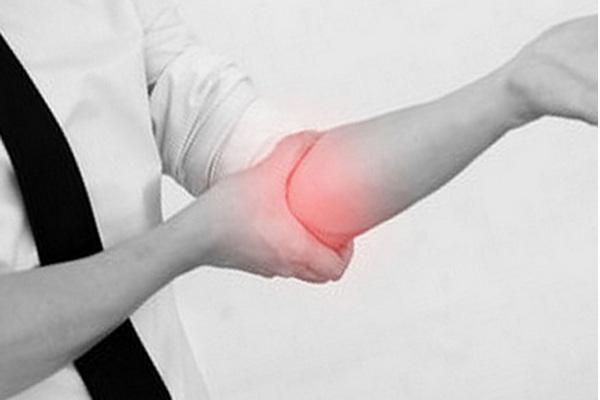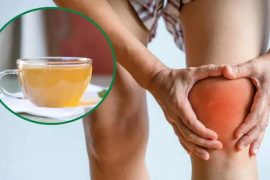Зміст
Elbow pain is a very uncomfortable condition that can interfere with daily activities, work, or physical activity. The elbow joint works almost all the time, bending, unbending and turning the arm, as well as lifting. Therefore, he is constantly exposed to injuries, sprains, inflammations and degeneration. However, there are many other causes of elbow pain.
Some are less burdensome and all you have to do is change your habits and physical therapy, while others require surgery. Whatever the cause, elbow pain should not be underestimated, and you should see a specialist for treatment. Find out what are the most common causes of elbow pain.
Where does elbow pain come from?
The elbow is made up of many elements, inside which serious injury and injury is possible. It consists of three bones: the ulna, radius, and humerus, as well as the surrounding muscles, tendons, and nerves that provide movement. The elbow joint is protected by the joint capsule, but not protected by the larger muscle groups. Therefore, it is very easy to injure or stretch it. During the day, we move our arms almost all the time, and the elbow joint is responsible for their bending, straightening and eversion. Tension, trauma (fracture, sprain), degeneration, or inflammation can cause severe pain. What diseases that cause this symptom are most troubling and painful?
Elbow pain: Tennis elbow

One of the most common diseases that cause unpleasant pain in the elbow joint is the so-called tennis elbow, i.e. lateral epicondylitis of the humerus. Contrary to the appearance, tennis players usually do not manifest it (only 10 percent of those suffering from this disease are athletes). It is more common among office workers, IT specialists, mechanics and those who repeatedly make the same move. Then there are micro traumas and overloads of the joints of the extensors of the fingers and wrists. This causes inflammation and overgrowth of bones.
The symptom of tennis elbow is severe pain in the elbow side, radiating down the arm. This is especially frustrating when picking up, grabbing and carrying objects. It can also be accompanied by muscle weakness. If you experience these symptoms, contact your orthopedist for diagnosis and treatment. Typically, these are anti-inflammatory and pain relieving therapy, as well as physiotherapy and rehabilitation. However, surgery is sometimes required.
Elbow pain: Ulnar nerve sulcus syndrome
Another cause of elbow pain may be compression of the ulnar nerve in the ulnar groove. This causes symptoms of neuropathy, which may be intermittent and not severe. However, sometimes the nerve quickly breaks down, resulting in severe pain. Ulnar nerve groove syndrome contributes to pain and numbness, spreading from the elbow to the little finger and ring finger, impaired sensitivity and weakness in the hand.
Factors that increase the risk of illness include: male gender (less adipose tissue that protects the nerve), physical work that overloads the elbow or requires to be prolonged elbow flexion, inflammation, rheumatic changes, valgus, or elbow instability. Ulnar nerve groove therapy is based on conservative treatment, i.e. anti-inflammatory drugs, physical therapy, rest, changing habits and wearing a brace at night. When the methods are ineffective, surgery is performed.
Degenerative joint changes and bursitis of the elbow joint

Elbow pain can also be caused by degenerative joint changes. Chondromalacia and destruction of articular cartilage can occur, leading to fiber abrasion and exposure of bone surfaces. Their friction causes pain and limited mobility. Old age, trauma, metabolic disorders (gout), rheumatic and neurological diseases contribute to degenerative changes.
Elbow pain can also be a sign of ulnar bursitis. Pain symptoms appear when the elbow is flexed and extended. They are accompanied by swelling, redness, soreness to the touch and an increase in body temperature. The condition can be caused by injury (bruised back of the elbow), overexertion, or a bacterial infection. Treatment consists of medication and sometimes a puncture of the bursa to remove excess fluid.








